Visiting historical sites is like going back in time, being also a chance to see and admire countries’ and cultures’ past. These numerous attractions offer you the charm of ancient and the shine of the modern world creating a unique attraction for tourists and historians. Here are some of the most famous and beautiful historical landmarks of the world that should not be missed at any cost.

1. The Great Wall of China, China
The Great Wall of China is one of the most renowned man-made structures, which stretches more than 13 thousand miles and was constructed for the purpose of defending the Chinese empire against invaders. Built in several dynasties, this kind of architecture gives spectacular views and realistic perception of different eras.
- Best Time to Visit: Spring (April to June) and autumn (September to early November) provide mild temperatures and clearer skies, ideal for trekking and photography.
- Why Visit: This architectural marvel, spanning over 13,000 miles, showcases ancient China’s defensive ingenuity and offers panoramic views of the surrounding landscapes.
- Entry Fee: Approximately $5 (USD) at popular sections like Badaling.
2. Machu Picchu, Peru
Machu Picchu, situated in the Andes Mountains, is one of the oldest Incan city that remained undiscovered for many years until 1911. This geographical area is widely known as a World Heritage site and it is characterized by unique stone structures, form terraced fields and panoramic views.
- Best Time to Visit: April to May and September to November are optimal, avoiding the peak tourist season and heavy rains.
- Why Visit: This ancient Incan city offers a glimpse into a sophisticated civilization, set amidst breathtaking Andean scenery.
- Entry Fee: Approximately $35 (USD).
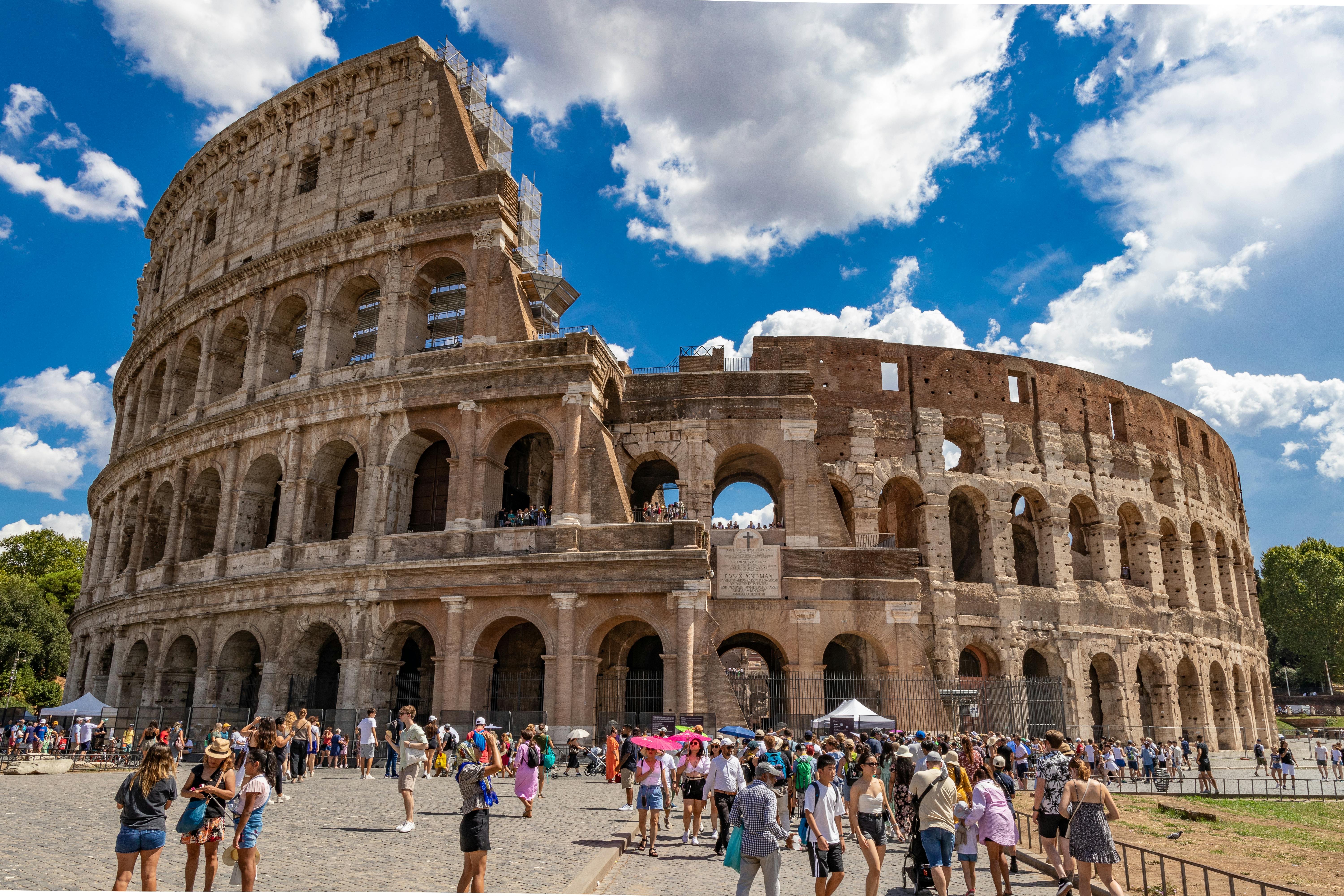
3. The Colosseum, Italy
A symbol of ancient Roman engineering and entertainment, the Colosseum in Rome once hosted gladiator battles, dramatic performances, and public spectacles. Today, it stands as a reminder of the grandeur of the Roman Empire and its rich history.
- Best Time to Visit: Spring (April to June) and autumn (September to November) offer pleasant weather and fewer crowds.
- Why Visit: As a testament to ancient Roman engineering, the Colosseum hosted grand spectacles and remains a symbol of Rome’s imperial grandeur.
- Entry Fee: Approximately $14 (USD).
Also Read: 20 Famous Landmarks Around the World You Must See Once in Your Life
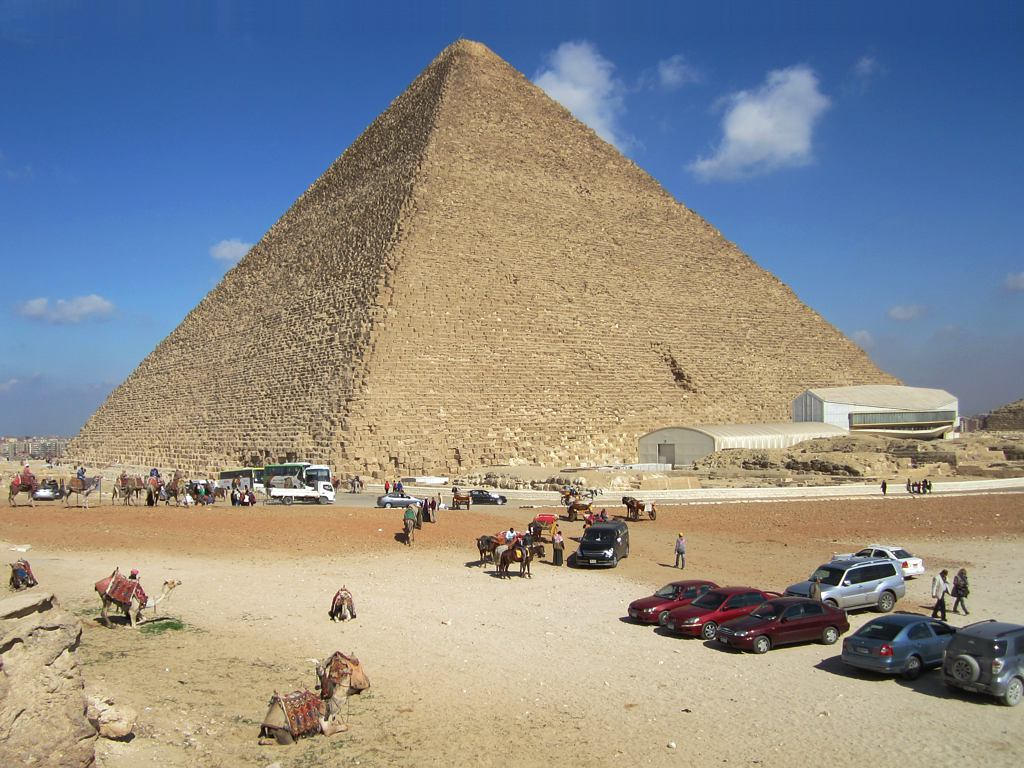
4. The Pyramids of Giza, Egypt
One of the Seven Wonders of the Ancient World, the Pyramids of Giza have stood the test of time for over 4,500 years. These massive structures, built as tombs for the pharaohs, remain an enigma in terms of their precise construction techniques.
- Best Time to Visit: October to April offers cooler temperatures suitable for desert exploration.
- Why Visit: These monumental tombs reflect the architectural prowess and spiritual beliefs of ancient Egypt.
- Entry Fee: Around $10 (USD) for general access; additional fees apply for entering specific pyramids.
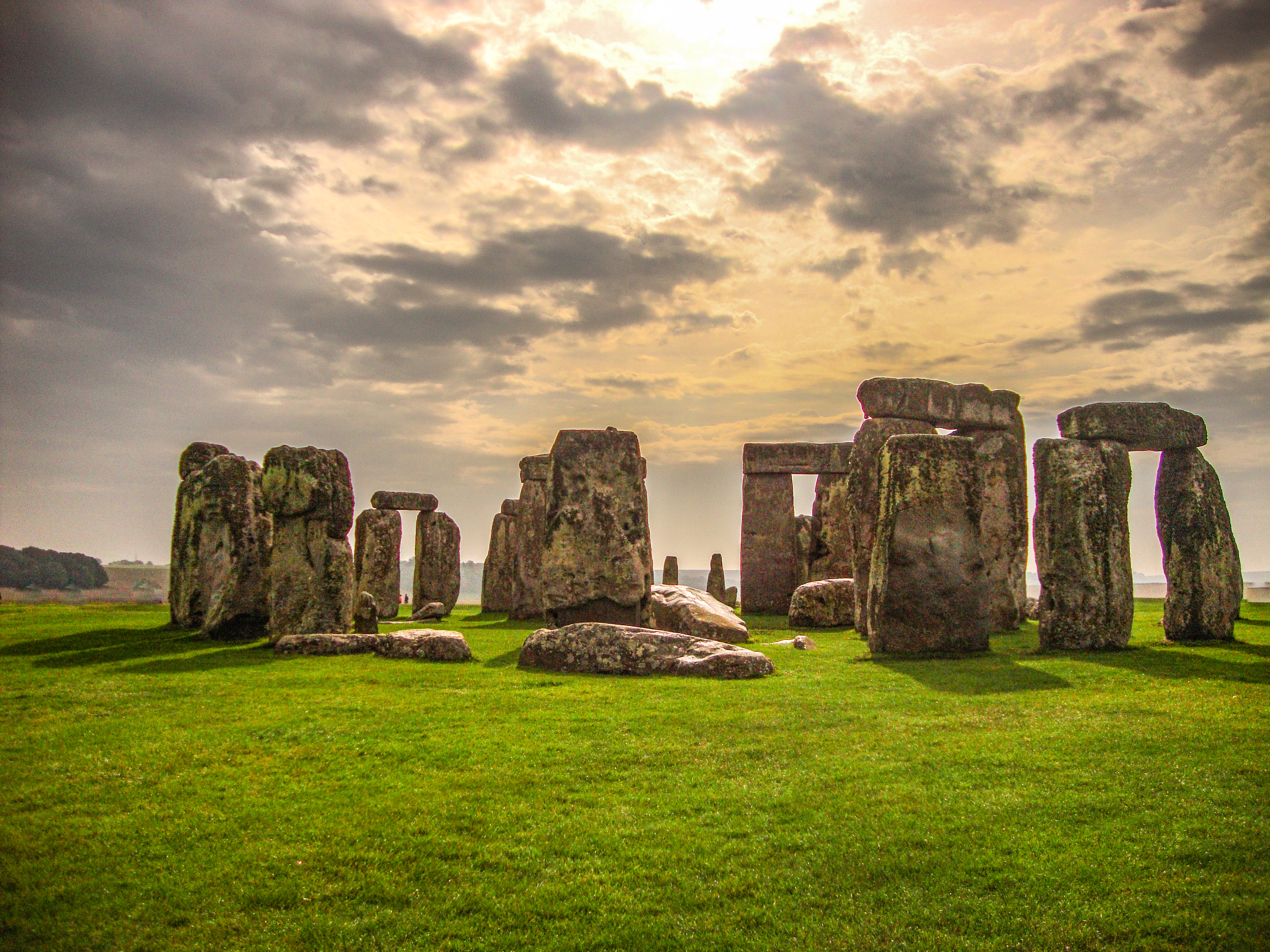
5. Stonehenge, England
A prehistoric monument shrouded in mystery, Stonehenge consists of massive stone slabs arranged in a circular formation. Scholars continue to debate its purpose, but many believe it had astronomical or religious significance.
- Best Time to Visit: Late spring to early autumn (May to September) provides favorable weather conditions.
- Why Visit: This prehistoric monument, shrouded in mystery, offers insights into ancient ceremonial practices.
- Entry Fee: Approximately $25 (USD)

6. The Eiffel Tower, France
A masterpiece of iron architecture, the Eiffel Tower is an enduring symbol of France and its capital, Paris. Originally built for the 1889 World’s Fair, it has become one of the most visited landmarks in the world.
- Best Time to Visit: Spring (April to June) and autumn (September to October) offer mild weather and manageable crowds.
- Why Visit: An emblem of Paris, the Eiffel Tower provides panoramic city views and exemplifies 19th-century iron architecture.
- Entry Fee: Ranges from €10 to €26 (approximately $11 to $28 USD), depending on the level accessed and elevator use.
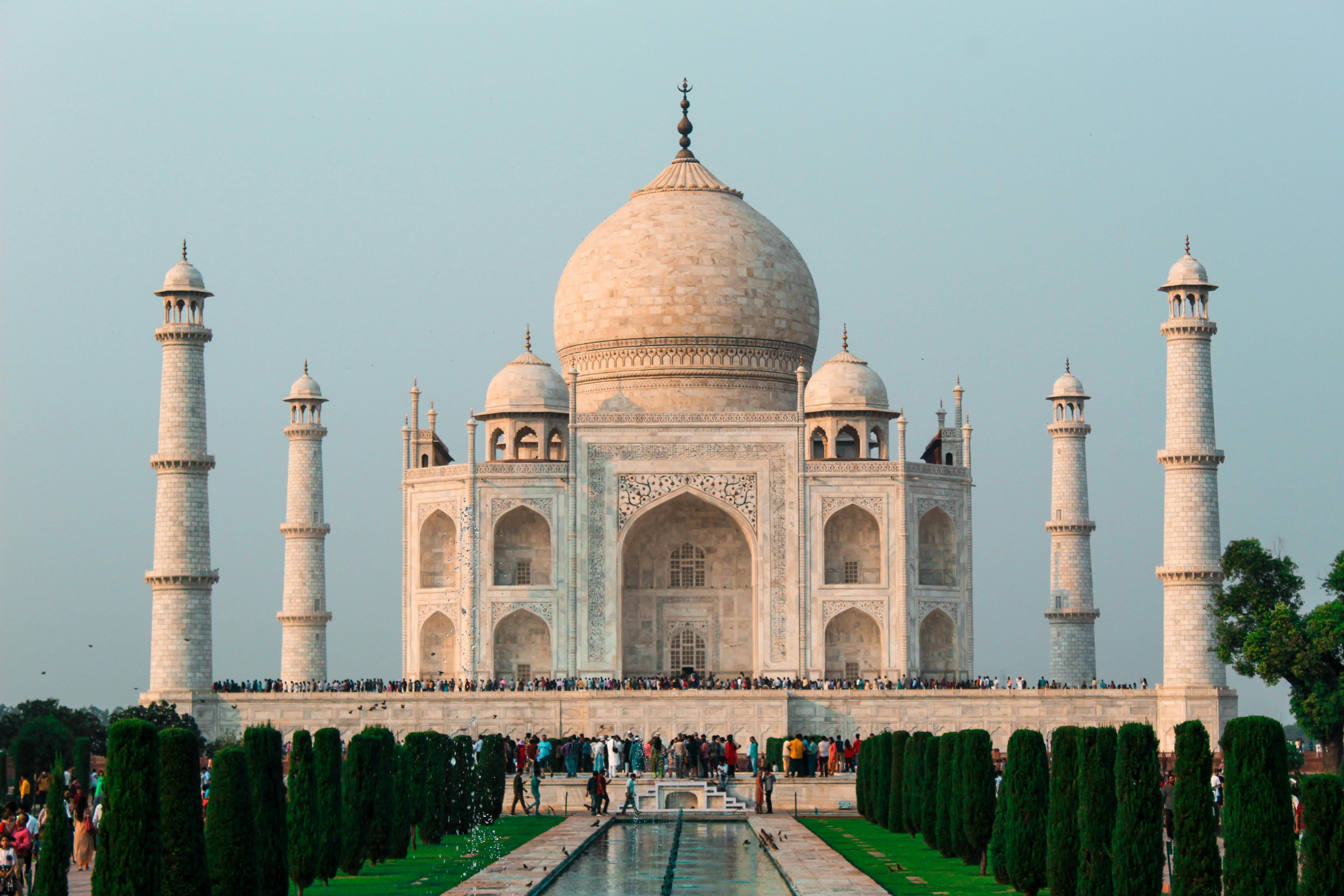
7. The Taj Mahal, India
A breathtaking example of Mughal architecture, the Taj Mahal was built by Emperor Shah Jahan in memory of his beloved wife, Mumtaz Mahal. This white marble mausoleum is a symbol of eternal love and is renowned for its intricate carvings and symmetrical design.
- Best Time to Visit: Mid-September to October, after the monsoon and before peak tourist season, offers pleasant weather and fewer crowds.
- Why Visit: This white marble mausoleum symbolizes eternal love and showcases Mughal architectural brilliance.
- Entry Fee: Approximately $12 (USD).
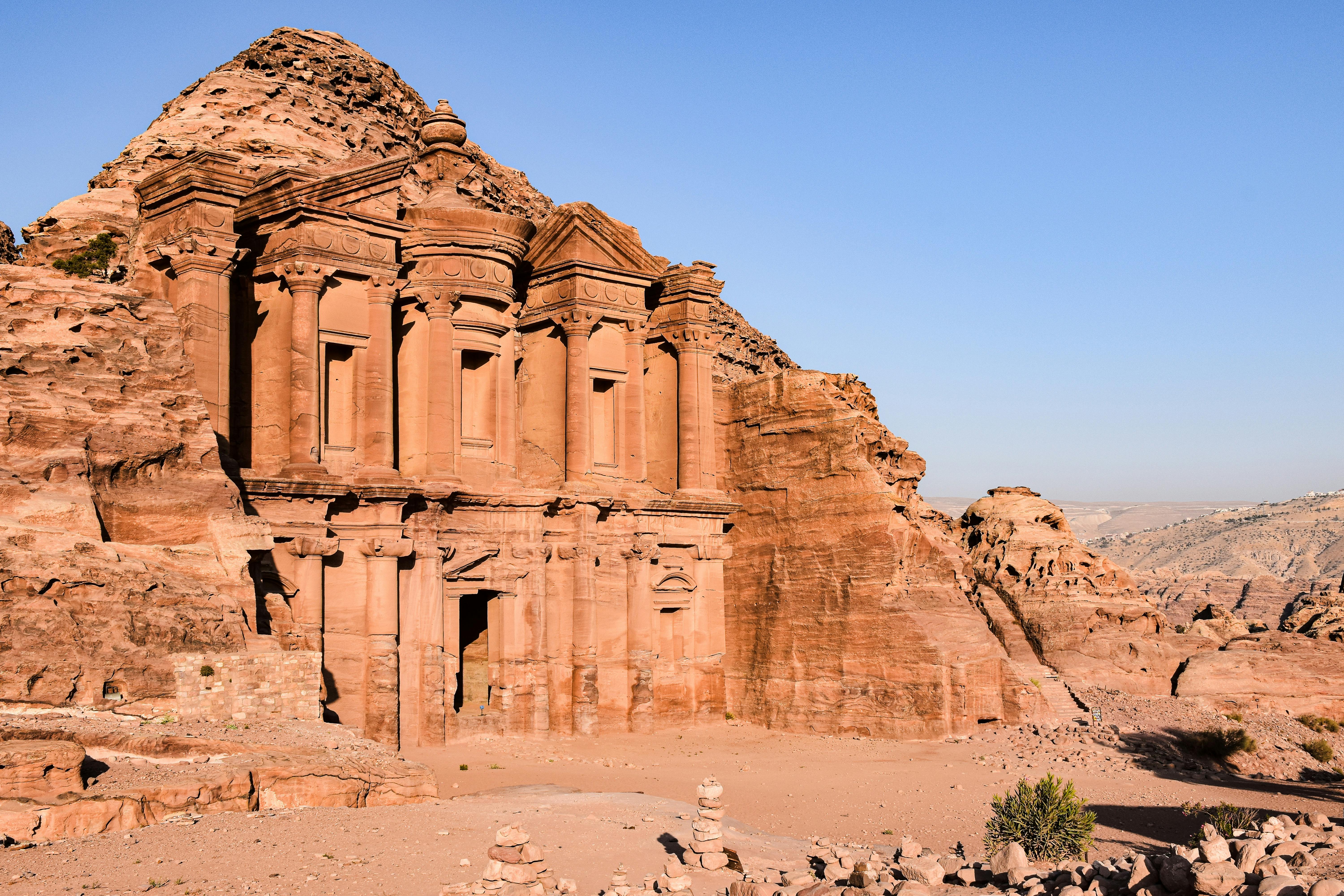
8. Petra, Jordan
Known as the “Rose City” due to its pink sandstone cliffs, Petra is an archaeological wonder that once served as the capital of the Nabataean kingdom. The city features impressive rock-cut architecture, including the famous Al-Khazneh (The Treasury).
- Best Time to Visit: Spring (March to May) and autumn (September to November) offer mild temperatures ideal for exploration.
- Why Visit: Known as the “Rose City,” Petra’s rock-cut architecture and rich history make it a UNESCO World Heritage Site.
- Entry Fee: Approximately $55 (USD) for a one-day visit.
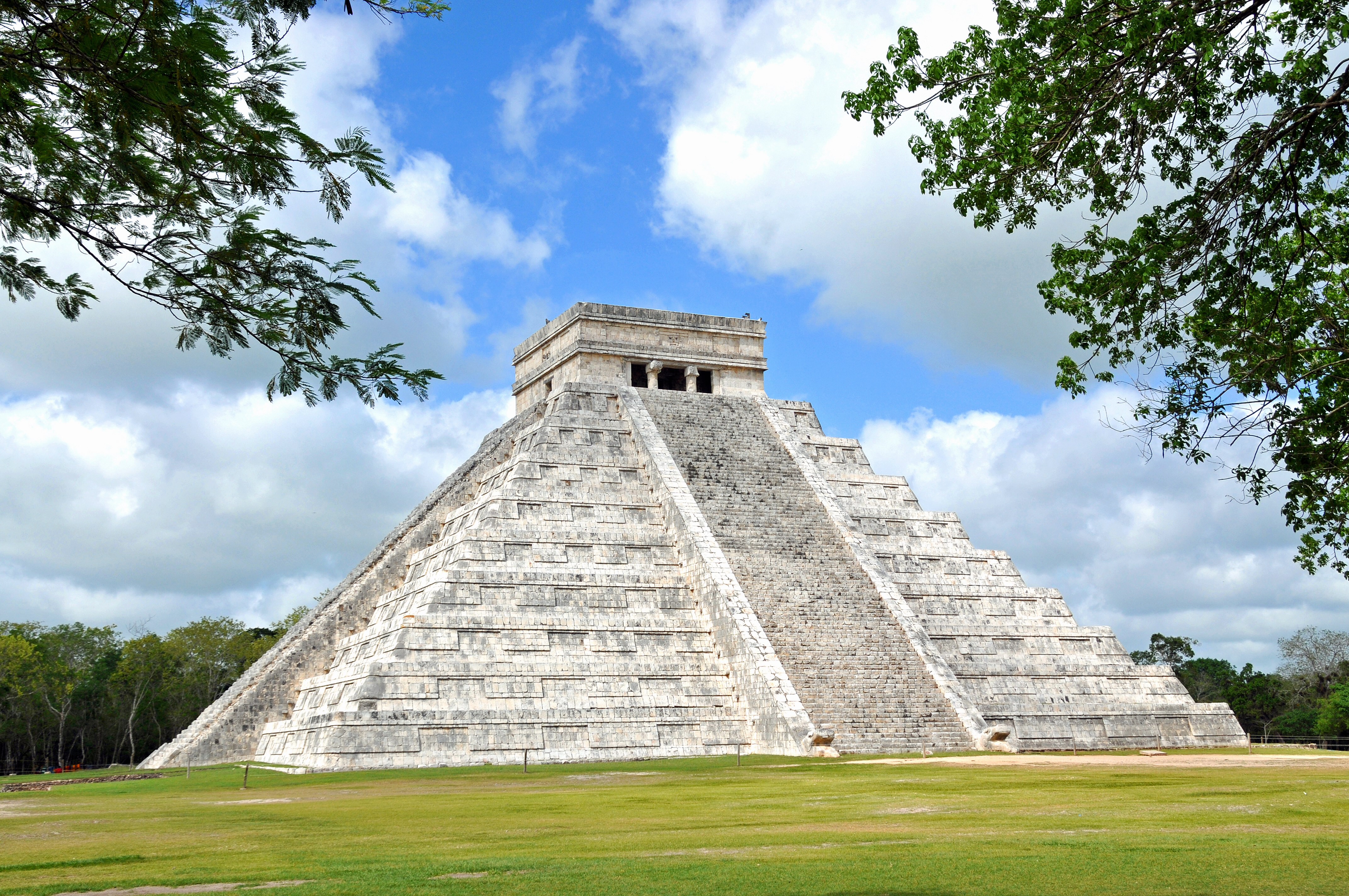
9. Chichen Itza, Mexico
A remarkable relic of the Mayan civilization, Chichen Itza features the iconic El Castillo pyramid, an ancient astronomical calendar. The site reveals the sophisticated knowledge of the Mayan people in mathematics, astronomy, and architecture.
- Best Time to Visit: Late autumn to early spring (November to March) offers cooler temperatures suitable for outdoor activities.
- Why Visit: This Mayan archaeological site features iconic structures like El Castillo and offers insights into ancient Mesoamerican culture.
- Entry Fee: Approximately $10 (USD).
Also Read: Best Day Trips Near Major Cities to Explore in 2025

10. The Acropolis of Athens, Greece
Overlooking the city of Athens, the Acropolis is home to the Parthenon, a temple dedicated to the goddess Athena. This ancient citadel symbolizes the achievements of Greek civilization in philosophy, art, and democracy.
- Best Time to Visit: Spring (April to June) and autumn (September to October) provide pleasant weather and fewer tourists.
- Why Visit: Overlooking Athens, the Acropolis houses ancient structures like the Parthenon, symbolizing classical Greek civilization.
- Entry Fee: Approximately €20 (around $22 USD).

11. Christ the Redeemer, Brazil
Standing atop Mount Corcovado in Rio de Janeiro, Christ the Redeemer is one of the most recognizable statues in the world. This massive Art Deco statue serves as a symbol of peace and faith for many.
- Best Time to Visit: September to October offers mild weather and clearer skies, ideal for panoramic views.
- Why Visit: This towering Art Deco statue overlooks Rio de Janeiro, symbolizing peace and Christianity.
- Entry Fee: Access to the statue is free; however, transportation costs, such as train or van rides to the summit, can range from $14 (USD) onwards.

12. Angkor Wat, Cambodia
The largest religious monument in the world, Angkor Wat was originally built as a Hindu temple before transitioning into a Buddhist site. Its detailed carvings and grand scale make it a must-visit historical landmark.
- Best Time to Visit: December to February offers cooler and drier conditions, ideal for temple exploration.
- Why Visit: As the largest religious monument globally, Angkor Wat showcases intricate Khmer architecture and historical significance.
- Entry Fee: A one-day pass costs $37 (USD).
Exploring these iconic historical landmarks allows travelers to connect with the past, learn about different cultures, and appreciate the architectural and artistic brilliance of ancient civilizations. Whether you seek adventure, history, or inspiration, these destinations are truly unforgettable. Plan your next journey and step into history at one of these breathtaking sites!
Note: Prices mentioned are subject to change or may vary based on season, availability, and service providers. Always check with the venue for the latest rates.













